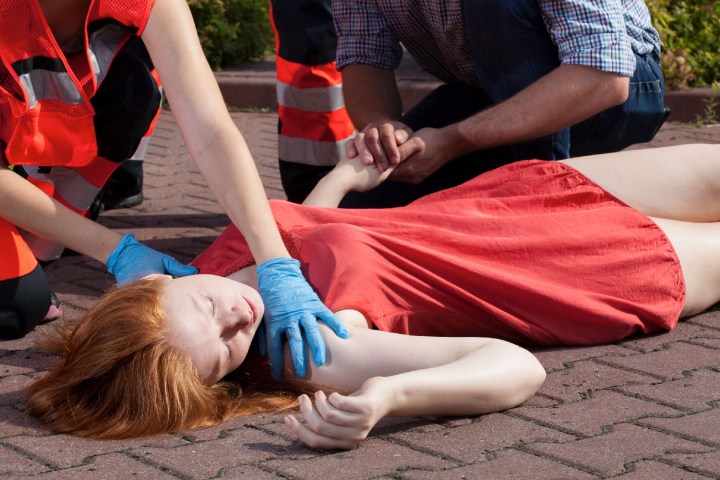
The trouble is that diagnosing whether or not a person has a hematoma requires a CT scan, which can often involve waiting in a long queue. A new study carried out by researchers at the Chalmers University of Technology in Sweden offers one possible solution: using a portable stroke-detection helmet to diagnose intracranial bleeding at the scene of the accident.
“If there’s a road traffic accident and a person is left unconscious, there’s really no commonly used way of knowing whether they’re suffering from a concussion, or whether the patient has an intracranial hematoma,” lead researcher Johan Ljungqvist, a neurosurgeon at Sahlgrenska University Hospital, told Digital Trends. “They have to be taken to hospital first, and given a CT scan of the head to see if there’s any bleeding. This device, on the other hand, could be used on the scene. This could allow the patients to be triaged, so that those with hematomas go straight to trauma centers or into surgery, while those who don’t can go to other hospitals.”
The Strokefinder device is the product of a medical device company called Medfield Diagnostics. It’s a padded helmet featuring eight microwave antennas, which use tiny amounts of microwave radiation to tell the difference between strokes involving clots that block the flow of blood and ones that involve bleeding.
While sticking your head in a microwave helmet sounds slightly alarming, the antennas are actually very similar to the ones used in your regular cellphones — although the amount of radiation users receive is between just 1/100th and 1/10th of what you’d absorb over the course of an average phone conversation. The whole process takes just 45 seconds.
Despite being designed to help with strokes, the technology also works well for diagnosing traumatic brain injuries. The hematomas the researchers looked at were not the kind that would be suffered in the course of a road accident, but Ljungqvist is cautiously optimistic that they could be used to detect these as well. “It’s too early to start using this device in clinical practice, but it shows that it has great potential for that,” he said.
Going forward, Ljungqvist said additional studies will have to be done — particularly if the technology might one day be used to rule out a patient receiving a CT scan.



